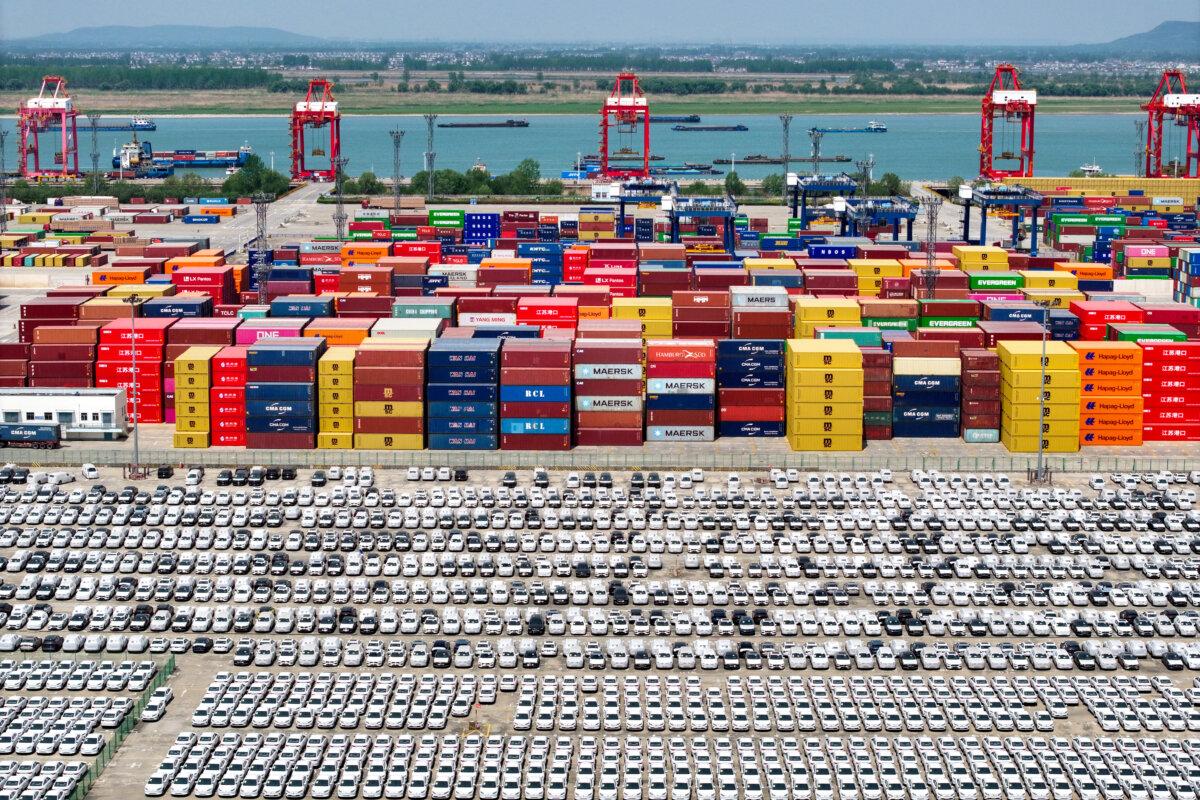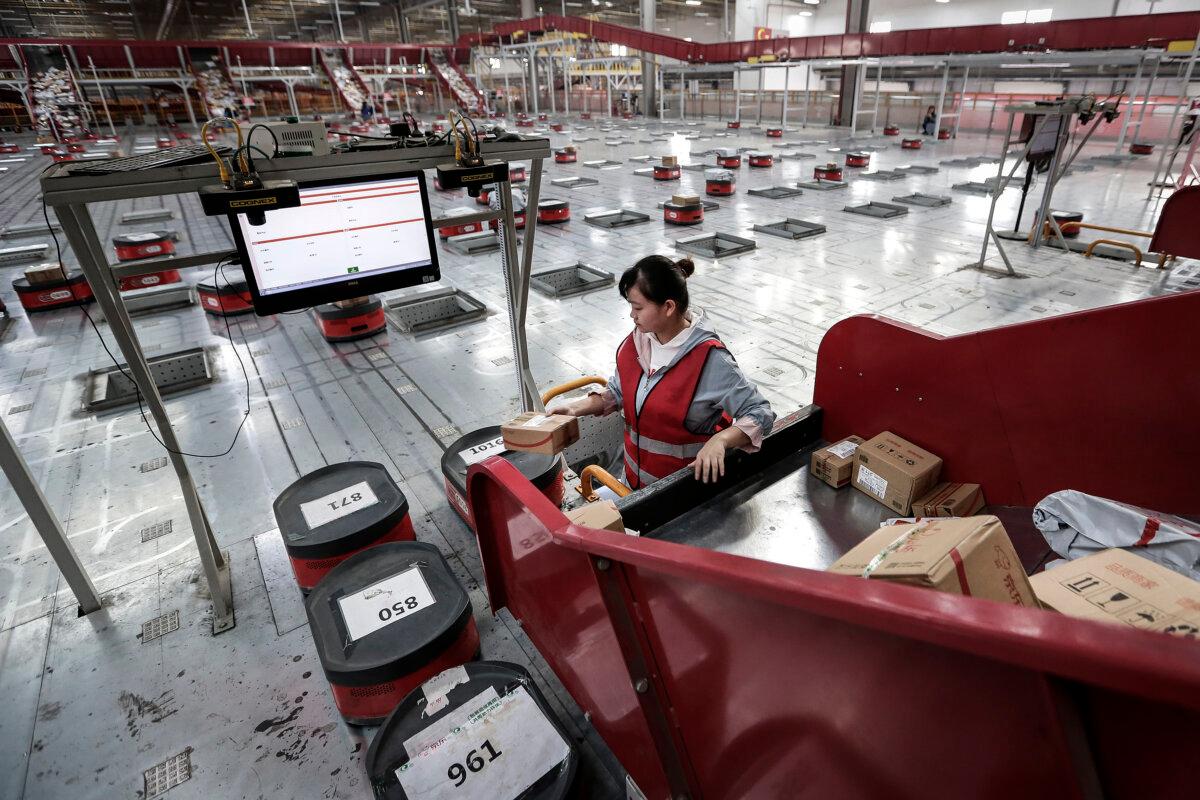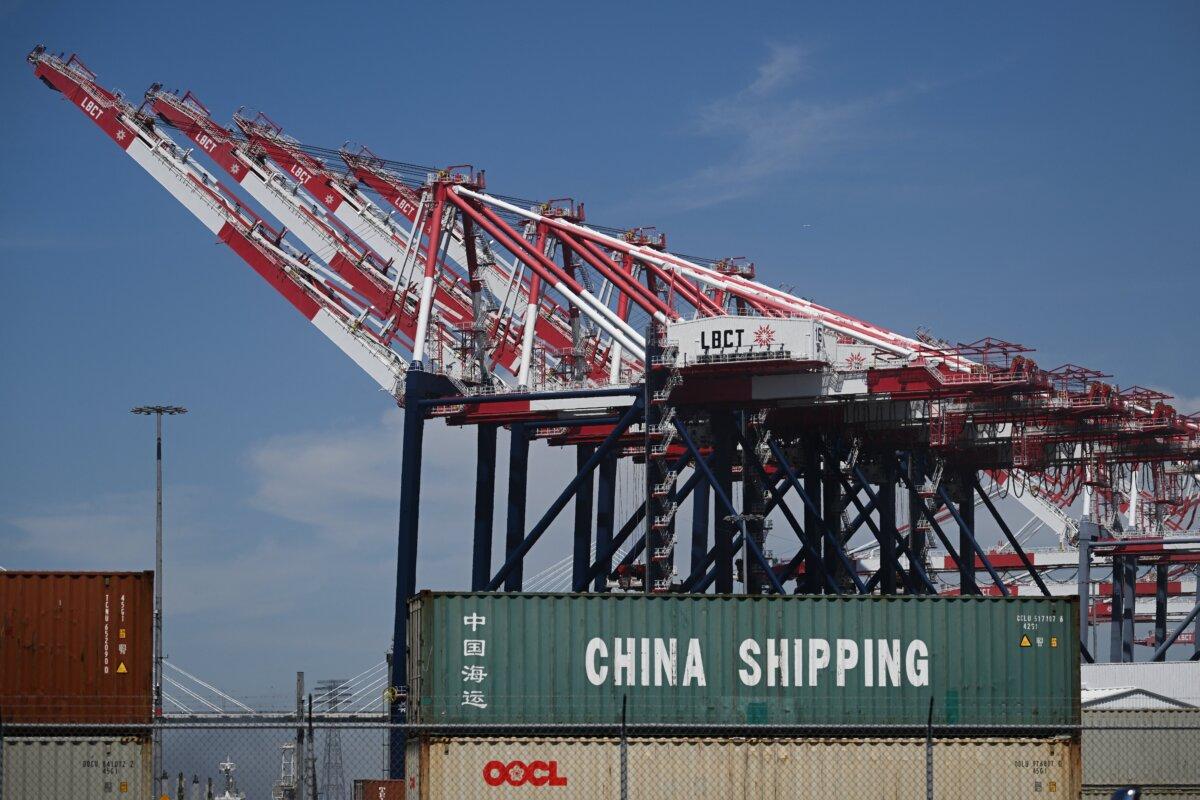The 90-day tariff reprieve has triggered record cargo bookings, soaring rates, and a rush to add factories outside China before duties snap back.
News Analysis
When word broke on May 12 that Washington and Beijing had agreed to a 90-day tariff pause, containers quickly piled up at Shenzhen’s Yantian International Container Terminal, the port that handles more than a quarter of U.S.-bound cargo.
U.S. duties dropped from 145 percent to 30 percent and China’s from 125 percent to 10 percent. Within a day, rows of outbound boxes jammed major Chinese docks, carriers were quoting peak-season surcharges for sailings weeks before summer, and spot rates on the Pacific began to soar.
The tariff reprieve expires on Aug. 11. If negotiators fail to reach a broader deal by then, tariffs of up to 54 percent could snap back into place.
Analysts say the 90-day truce offers only a brief lifeline. It has locked in a new playbook of rush shipping, floating-tariff contracts, and multi-country production hedges that will outlast the reprieve. Far from reversing the trend, it reinforces the supply-chain exodus that began in Trump’s first term and has accelerated in the current one.
Average weekly bookings from China to the United States spiked 277 percent in the seven days through May 14, the day the truce took effect, according to freight-tech firm Vizion.
Drewry’s index shows May 15 spot rates on the Shanghai–Los Angeles lane up 16 percent week-over-week to $3,136 per forty-foot container, while Shanghai–New York climbed 19 percent to $4,350.
“There won’t be enough ships for all this cargo. Get ready for surge pricing,” shipping firm Flexport chief executive Ryan Petersen said in a May 16 post on social media platform X, after his firm logged a 275 percent week-on-week spike in China–U.S. bookings.
“The 90-day reprieve simply resets the clock,” U.S.-based economist Davy J. Wong told The Epoch Times. “We’ve moved from ‘deal or no deal’ to chronic confrontation. High tariffs could remain as the baseline, and exemptions become the bargaining chips.”
Washington, he added, can raise or lower duties at will, using them as a lever whenever Chinese industrial policy shifts, the yuan slides, or U.S. inflation flares.
A lasting thaw of U.S.-China trade tensions “seems unlikely anytime soon,” Sun Kuo-hsiang, an international affairs professor at Taiwan’s Nanhua University, told The Epoch Times.
Each pause-and-rebound cycle, he said, nudges more factories abroad and pushes the higher-margin plants that stay to automate—auto-parts lines already swapping workers for robotic welding arms, appliance makers rolling out smart assembly cells.
Ports Jammed, Contracts Rewritten
The port crunch is already rippling through carrier operations.
With Yantian berths booked solid, German carrier Hapag-Lloyd told Reuters it is prioritizing long-term contract customers because demand now dwarfs capacity. Shippers are already paying peak-season surcharges normally seen in the summer.
Exporters are betting on speed.

Chinese factories are clearing backlogged inventory, high-margin goods, and holiday merchandise first, Sun said, with long-term orders from major U.S. retailers taking priority.
Wong calls the tactic “ship early and stockpile on the U.S. West Coast”—a reversal of the usual pattern in which U.S. importers build inventories. This time, Chinese exporters are sending even unsold cargo across the Pacific to beat the clock.
If duties return in August, cargo still in transit could be rerouted through Mexico or Southeast Asia for repackaging, dumped into China’s domestic market, stripped for parts, or written off if margins vanish, Wong said.
Buyers and sellers are redrafting deals just as fast, he added.
He said contracts now feature floating-tariff clauses, shorter payment terms, political-risk insurance, and non-deliverable forwards—currency contracts to cushion any slide in the yuan that new tariff headlines could trigger.
Sun sees more pay-on-delivery schedules, and explicit cost-sharing formulas when duties change, with tighter termination clauses: “These instruments are now routine for mid- to large-size exporters.”
Insurance markets have responded in kind: war and political risk premiums, elevated since the Red Sea attacks, now adjust weekly—sometimes daily—as summer approaches, according to supply chain finance platform FreightAmigo.
Factories on the Move
Producers across the Pacific offer a snapshot of how the 90-day truce is accelerating an old trend.
Limoss, a German maker of remote-control systems based in the Chinese manufacturing hub of Dongguan, is seeking to expand operations in Malaysia for U.S. orders because “crossing our fingers isn’t a strategy,” general manager Christian Gassner told Reuters.
That calculation echoes up and down the value chain.
Japanese heavy machinery maker Komatsu said it may shift U.S.-bound equipment production from China to Thailand if tariffs bounce back, while Volvo Cars’ CEO Jim Rowan said the automaker is prepared to move more production to its South Carolina plant if auto tariffs spike.

The pivot has been underway for years: by 2024, Vietnam was making half of Nike’s shoes, nearly a third of its apparel, 40 percent of Lululemon products, and 39 percent of Adidas footwear—evidence of how first-term Trump tariffs set global supply chains in motion.
A veteran Chinese paper-goods maker surnamed Chen told Chinese Radio Seattle that U.S. orders surged after he opened a plant in Vietnam in 2023, where goods now face far lower duties than if produced in China.
Vietnam itself was briefly subjected to a 46 percent U.S. reciprocal tariff, but that duty has been suspended at a 10 percent baseline since April 9.
U.S. retailers are adjusting, too. Target is shifting more private-label sourcing from China to Central America, while Costco leverages its “treasure-hunt” model—constantly rotating product offerings—to swap in lower-tariff goods.
Automation, ‘China + 1’ Surge
Sun pegs 2024 to 2026 as the critical window for “China + 1” migration, keeping a foothold in China while adding at least one production base elsewhere to hedge risk.
Electronics, apparel, toys, and home-appliance makers are leading the charge to Vietnam, Mexico, and Indonesia. Higher-tech firms are splitting new investment between China and alternative sites, he said.
Beijing’s counter‐move is rapid automation.
If robots and smart controls can cut unit costs far enough, a handful of high-margin lines might stay despite duties—but Sun concedes most plants can’t make the numbers work once U.S. tariffs approach 40 to 50 percent. Either way, the trade-off is fewer jobs at home.

Still, the push is official policy. Under its Made in China 2025 blueprint, Beijing wants domestic makers of robots and control systems to capture 70 percent of the home market by 2025.
Sun expects automation to spread first in higher-margin segments such as auto-parts machining, large-appliance assembly, and the production of industrial PCs and other embedded controllers.
Wong sees the second China + 1 wave cresting in late 2025 as higher-value industries lean into automation, digital twins, and local fulfillment networks to stay nimble.
Bottlenecks for the US, Risks for China
The scramble carries risks beyond freight rates, Wong said.
China still dominates specialty chemicals, active pharmaceutical ingredients, precision machine-tool parts, and rare-earth magnets, he said. Even brief delays can idle U.S. plants for months.
At the same time, the capital that keeps this trade moving is just as exposed to shocks, Sun said.
Much of the rush is bank-financed, Sun added. Short-term loans fund the inventory, and if demand falters, unsold stock becomes “a liquidity black hole” for small and mid-size exporters.
Chinese lenders have already tightened credit to micro and small enterprises (MSEs), boosted risk controls, and raised provisions for losses, S&P Global reports. But the agency warns the strategy could be “reaching its limits.”
Wong fears a wave of non-performing loans at Chinese regional lenders that specialize in trade finance. S&P Global expects the bad-loan ratio for Chinese MSEs to climb toward 10 percent between 2025 and 2027.
Conversely, if tariffs jump in August, Wong foresees “localized, industry-specific layoffs” in export-heavy Chinese hubs like Guangdong and Jiangsu as early as September.
Factories lacking branding and domestic conversion channels would start shedding workers first, he added.
Labor-intensive workshops in toys, apparel, and small appliances are already trimming shifts, Sun said.
Carriers Eye Exit
For ocean carriers, Wong said, the calculus is simple: if demand collapses after August, ships will stay in port despite low fuel prices.
New contracts penalize shippers that default on minimum-load commitments, Sun noted, yet without steady volumes, even penalties may not keep vessels running.
The Trump administration warns higher tariffs will return unless Beijing concedes more ground.

For now, ships race the calendar.
“The pause-and-rebound cycle is likely here to stay,” Wong said.
Sun echoed the view: every truce triggers a rush to ship, a spike in rates, and a fresh round of hedging.
Businesses on both shores are behaving as if the era of predictable low tariffs is over, Wong added.
They are padding inventories, rewriting contracts, and uprooting supply chains, not for a one-off crisis but for a future in which trade peace lasts only as long as the next 90-day clock.
Gu Xiaohua and Reuters contributed to this report.

